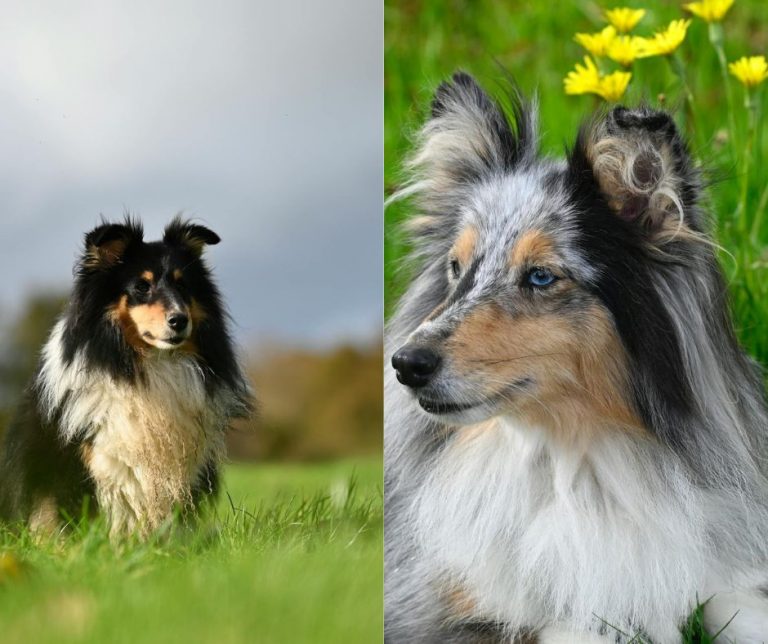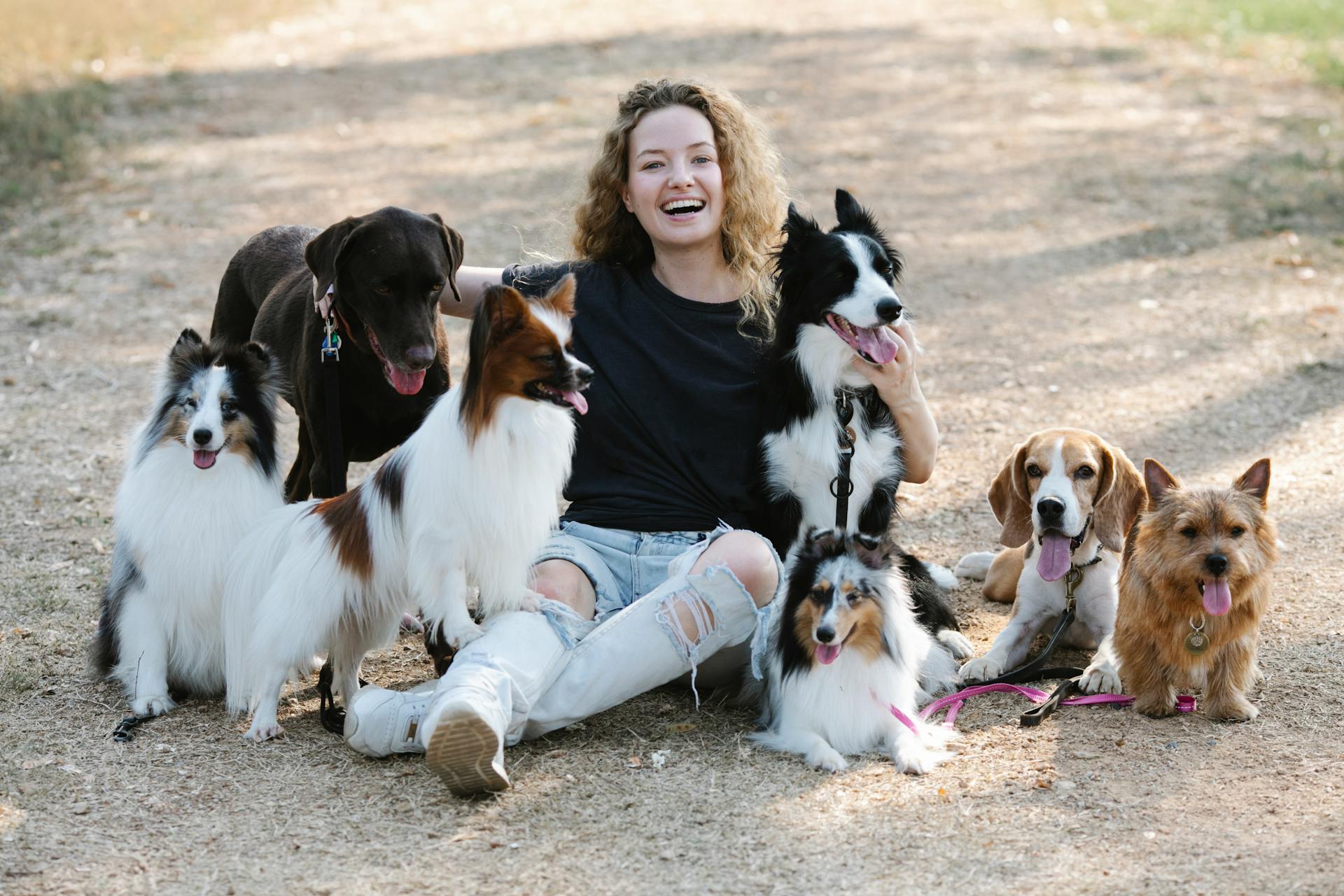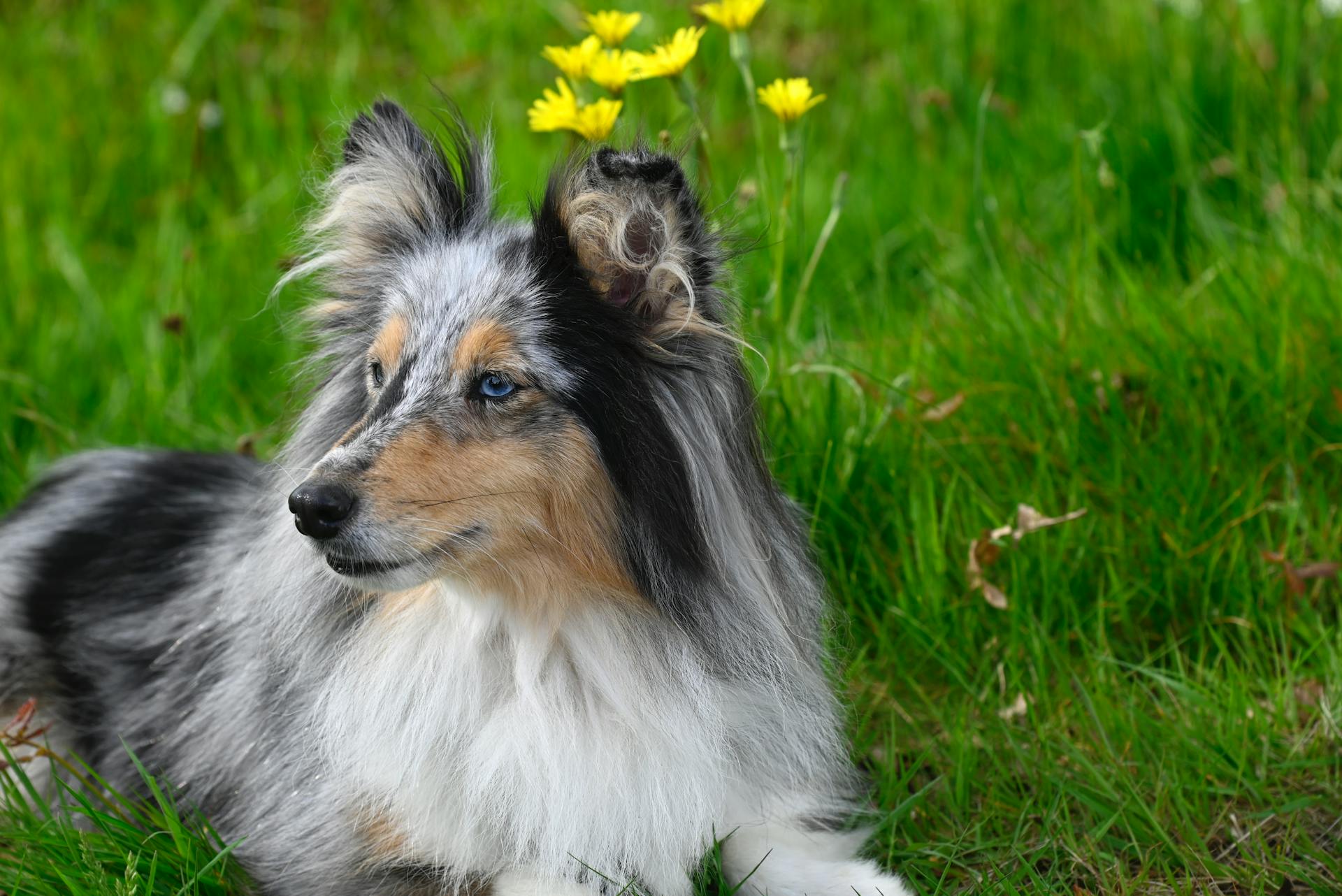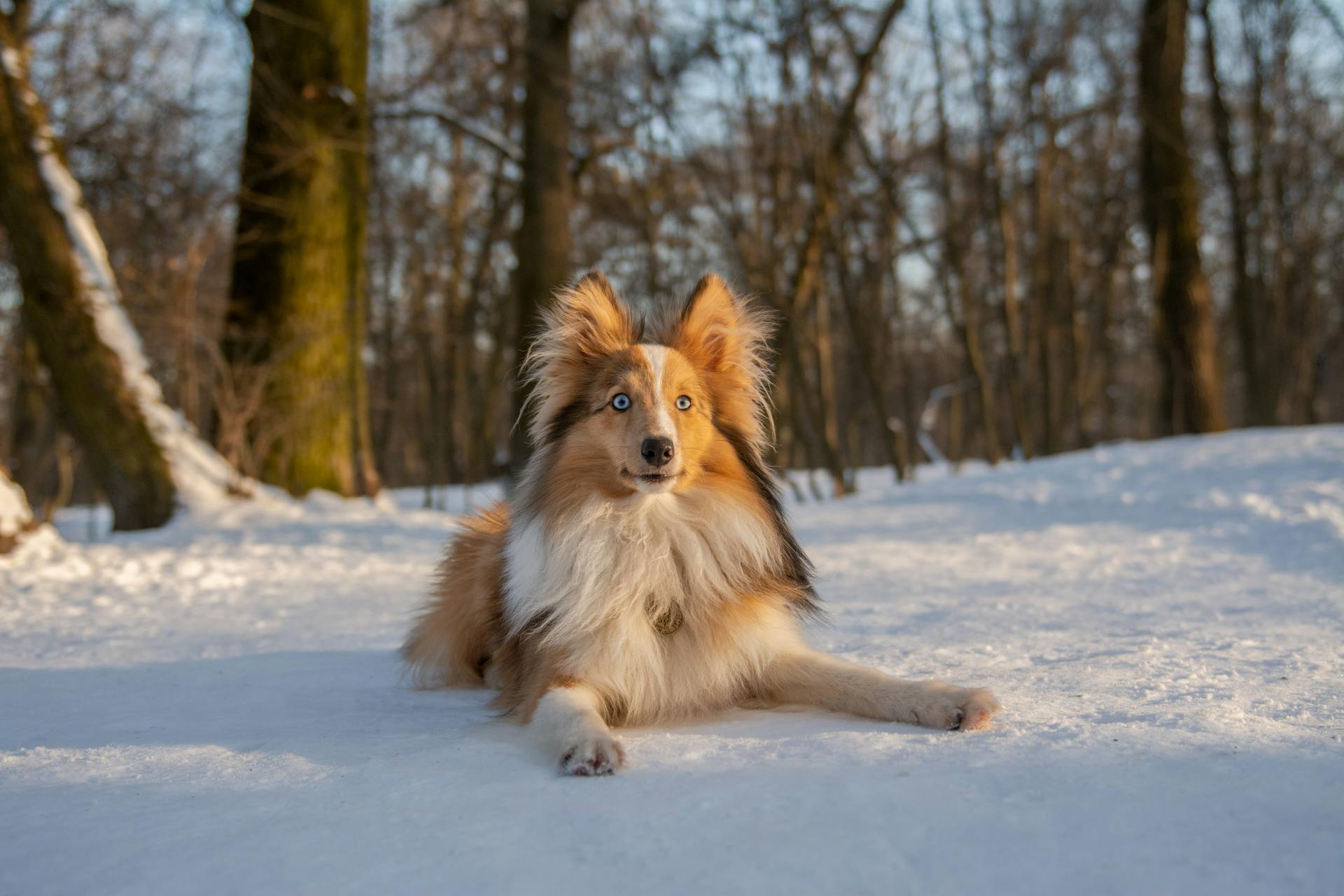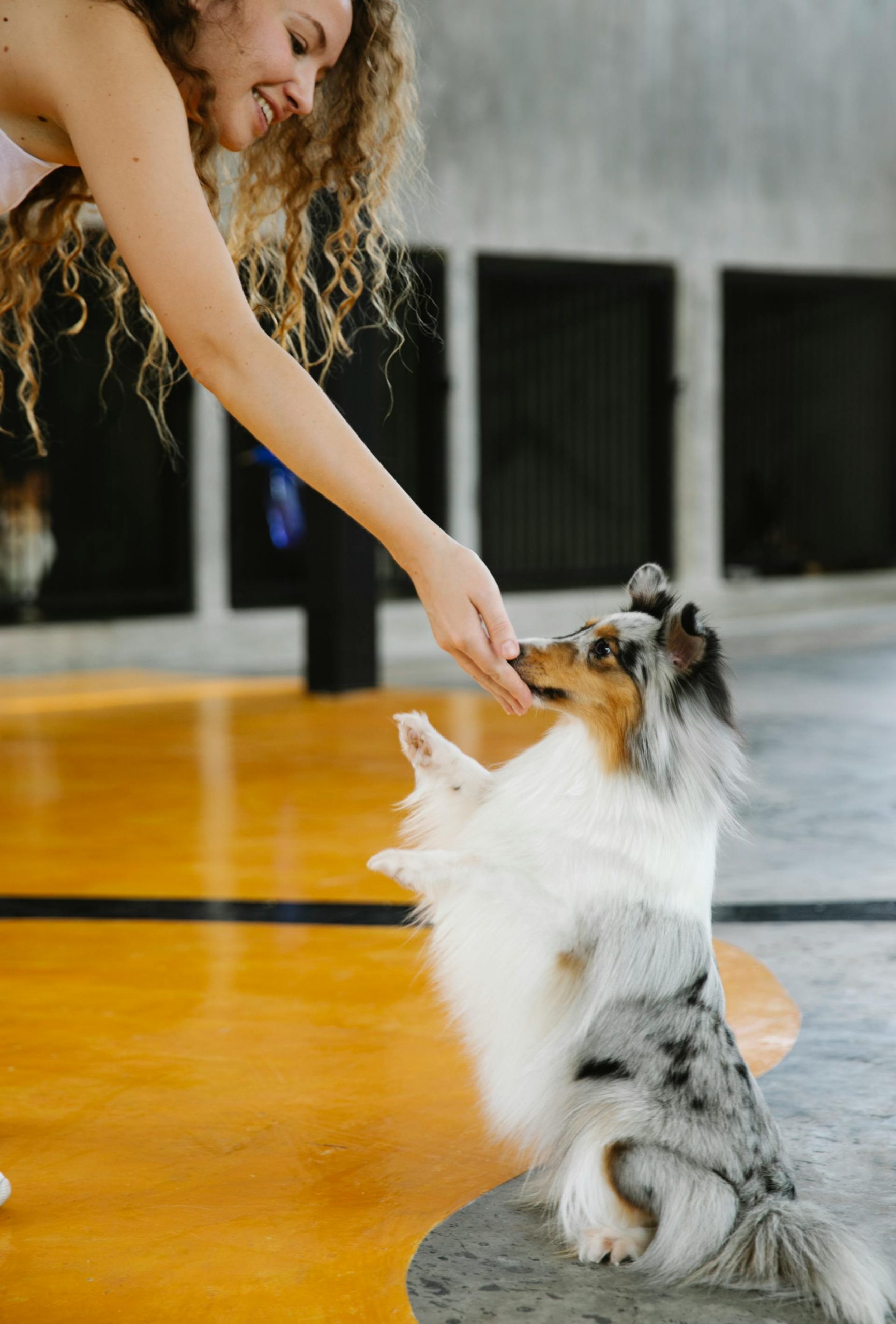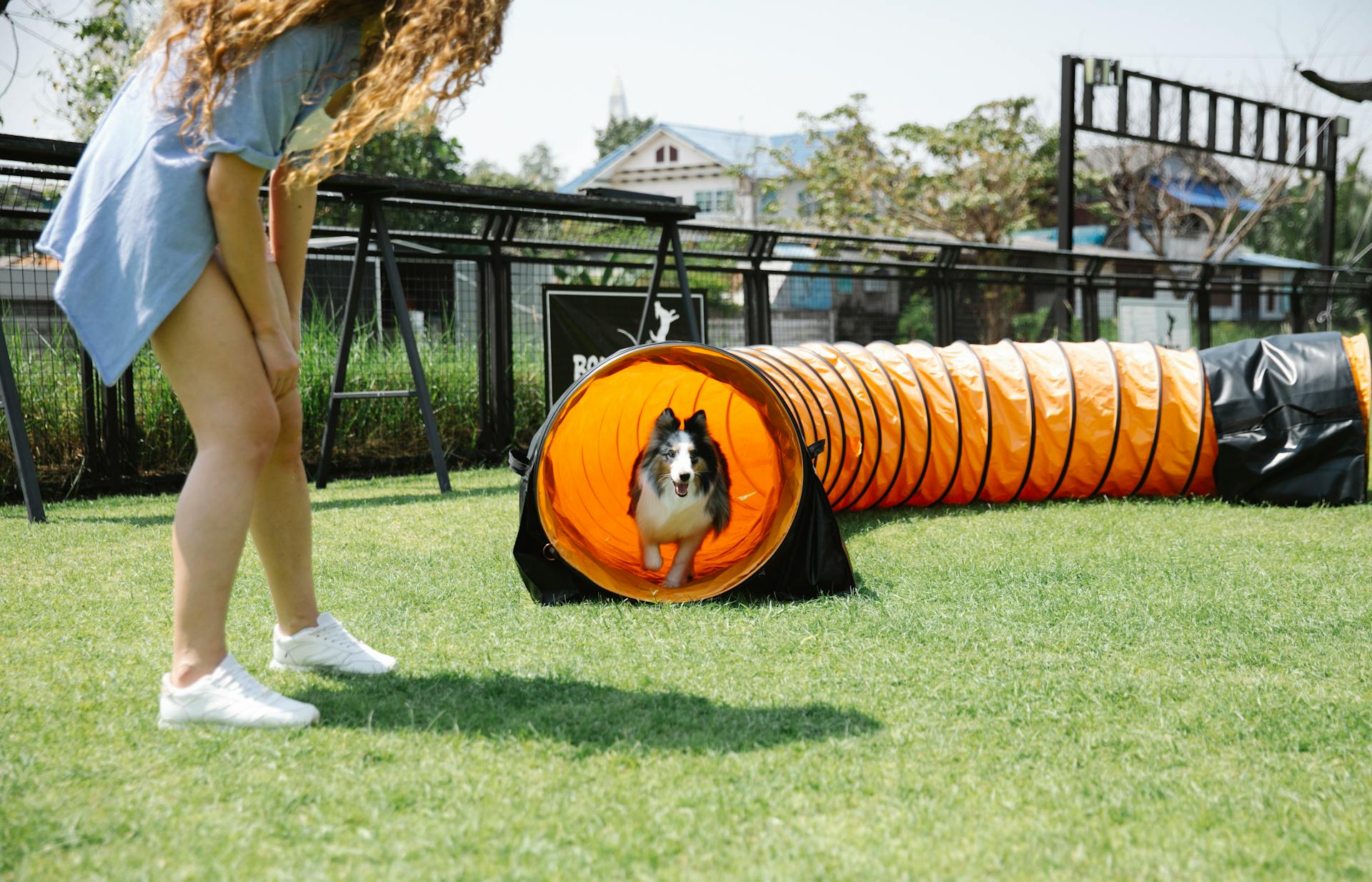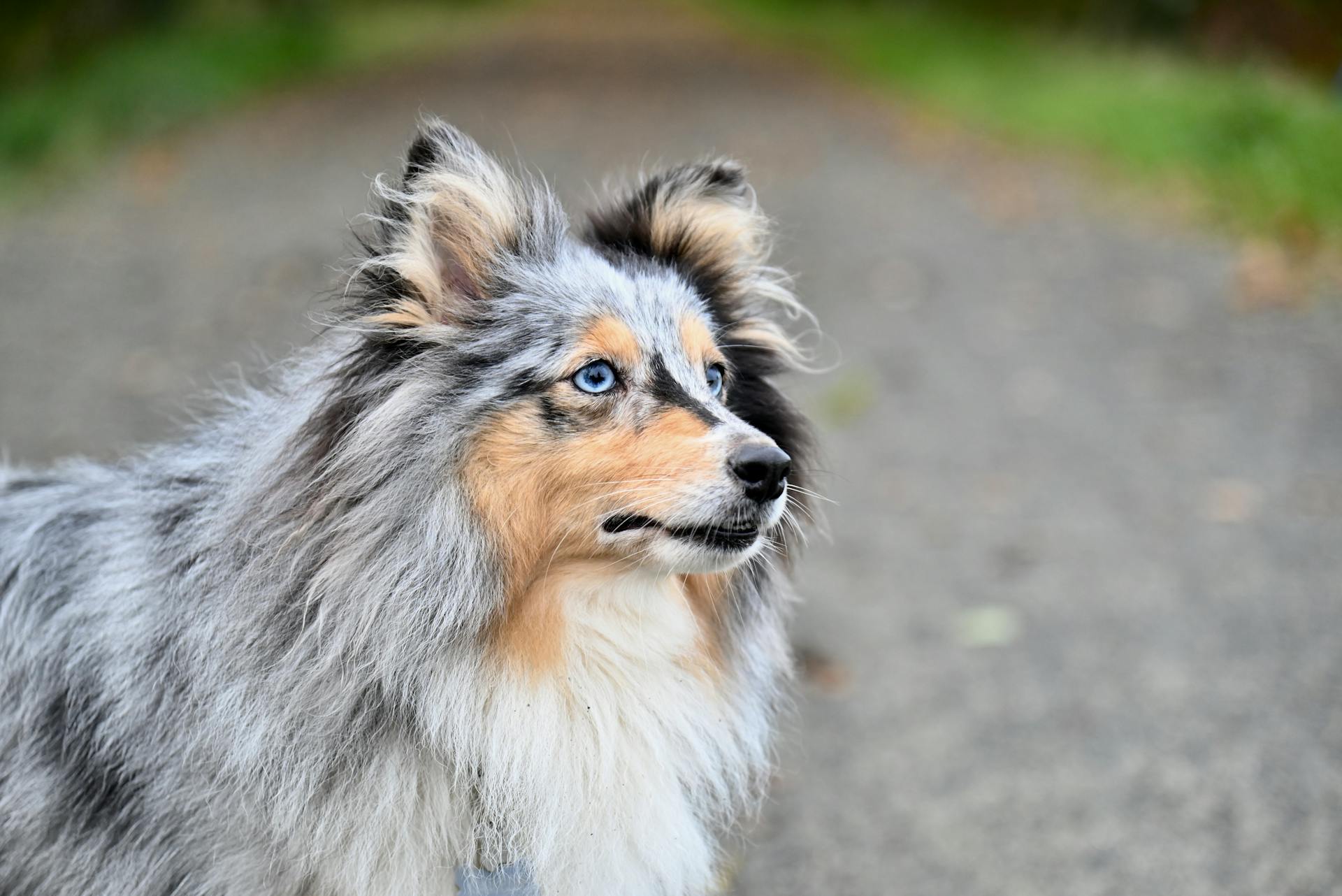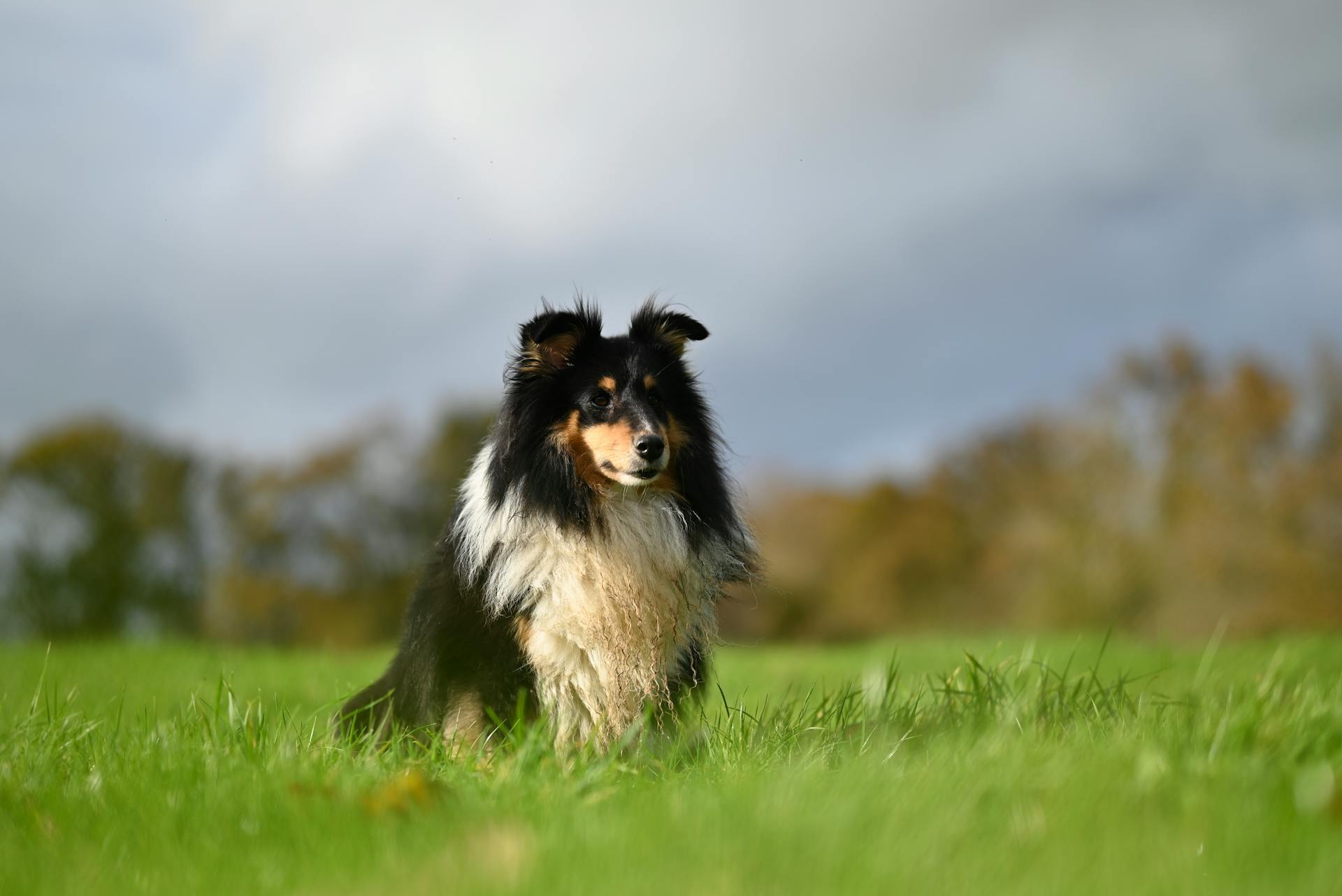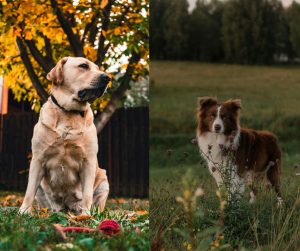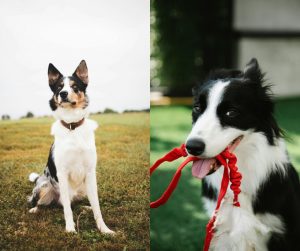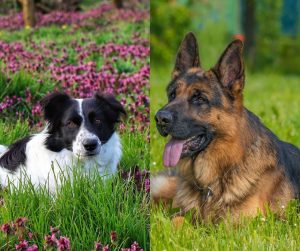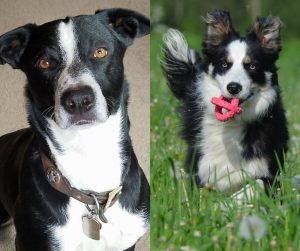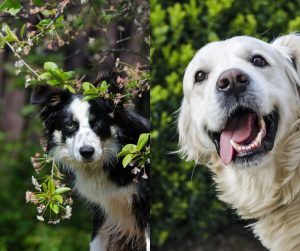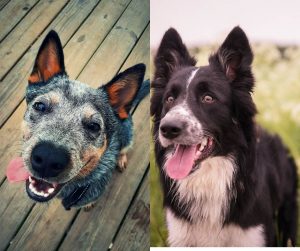When discussing Shetland Sheepdogs, commonly known as Shelties, potential owners often wonder about the differences between males and females. Both genders share the breed’s signature intelligence and eagerness to please, which make them coveted family pets and adept herding dogs. However, subtle variations in size, temperament, and behavior are noteworthy.
Male Shelties, slightly larger in stature than females, tend to be affectionate and may seek more attention. On the other hand, their female counterparts are often a bit more independent and may mature quicker, which can be an advantage in training scenarios.
Another consideration for prospective Sheltie owners is the hormonal differences that play a role in the dogs’ behavior. For instance, unspayed females will experience heat cycles, and males might exhibit marking behaviors. This can influence an owner’s decision about whether to choose a male or a female Sheltie.
Despite their differences, both male and female Shelties are capable of forming strong, loving bonds with their owners. They will benefit from consistent training, socialization, and care tailored to their breed-specific needs. Let’s take a deeper look into the male vs female Shetland Sheepdog dog breed comparison.
Key Takeaways
- Shelties are intelligent and trainable, with males being slightly larger and more attention-seeking
- Females may exhibit more independence and mature faster, which can impact training effectiveness
- Both male and female Shelties require proper care and socialization to thrive as companions
History and Origin
When looking into the past of the Shetland Sheepdog, you’re peeking into a rich tapestry of history and geography that’s as intriguing as the breed itself. They hail from a rugged, beautiful landscape and share an ancestry with some of the most well-regarded herding dogs.
Origin of the Breed
The Shetland Sheepdog, fondly known as the Sheltie, traces its roots to the Shetland Islands of Scotland. Shelties emerged not just from the need for a herding partner but also from a melting pot of various breeds, including the Collie and other small-sized island canines.
Their ancestry is often depicted as a blend of intelligence, beauty, and agility, shaped by the demands of the Shetland Islands environment. Initially, they were called the Shetland Collie, which stirred some controversy with Rough Collie breeders, leading to a unique identity for the Sheltie. Nowadays, a lot of people mistake them with the Rough Collie.
While they are not the same breed, they belong in the same herding group with the Rough Collie, Bearded Collie, Border Collie, and similar dog breeds.
Shetland Islands Heritage
The Shetland Islands offered more than just a name; they forged this breed’s character. Small and tough, Shelties were breadwinners of the family, herding sheep, poultry, and ponies. The bonding with the islanders shaped their traits: clever, trustworthy, and always aiming to please. Despite their compact size, these dogs were huge on personality and skill, an unmistakable heritage of the Shetland Islands and their history.
Physical Characteristics
When picking a furry companion like the Shetland Sheepdog, knowing the differences in physical traits between males and females can be quite interesting. These characteristics don’t just give Shelties their unique beauty but also influence their physical presence in your life.
Size and Weight
Male Shetland Sheepdog:
- Size: Typically stand between 13 to 16 inches tall at the shoulder
- Weight: Usually weigh around 20 pounds, but this can range up to 35 pounds
Female Shetland Sheepdog:
- Size: Generally a tad smaller than males, standing 13 to 16 inches tall
- Weight: Tend to weigh between 15 to 25 pounds, often at the lower end of this range
Coat and Colors
Coat:
- Both male and female Shelties boast a double coat consisting of a long, straight, and harsh outer coat plus a soft, dense undercoat.
Colors:
- The Shetland Sheepdog’s coat comes in a variety of colors including:
- Sable: Ranging from golden to mahogany
- Blue Merle: Beautifully mottled with gray
- Other colors include black and white, and black with tan points
Both males and females can sport these colors, and the richness of the hues can really make each Sheltie stand out in the park!
Temperament and Behavior
When you look at a Shetland Sheepdog, you see a sparkling personality wrapped in furry elegance. Whether it’s a male or a friendly female, each has a bundle of intelligence and a loving nature.
Personality
Shetland Sheepdogs, affectionately known as Shelties, are brimming with a friendly and affectionate demeanor. Intelligent to the core, it’s impressive how quickly they pick up on commands and training cues, making them a joy to teach. Males often exhibit a laid-back attitude, readily displaying their affection and always keen to please their human companions.
Females, while just as intelligent and capable, may sometimes present a more independent streak but still cherish their interactions with their family. However, Shelties are usually not aggressive; rather, they share their gentle nature with everyone in the household.
Children and Other Pets
Shelties and kids often make the best of friends. Their active spirits are a match for playful children, and they’re usually gentle with the little ones. But remember, they are herding dogs, so you might catch them trying to gently herd your kids during playtime. Older Shelties might appreciate calm and considerate children even more.
With other dogs, the Shetland Sheepdog’s intelligent and active temperament means they usually get along well in multi-pet households. They tend to be non-confrontational, which helps maintain a peaceful coexistence. When it comes to strangers, they can be a bit reserved initially, but a well-socialized Sheltie warms up quickly, charming new friends with their endearing demeanor.
Training and Socialization
When bringing a Shetland Sheepdog into one’s home, dog training and socialization are pivotal for nurturing a well-adjusted companion. These intelligent herding dogs take kindly to instructions, and establishing social skills early on is essential for their development.
Trainability
Shetland Sheepdogs, affectionately known as Shelties, are incredibly smart and are often easy to train. Their intelligence isn’t just about showing off tricks; it’s about forming a bond and understanding between pet and owner.
Males and females both share this aptitude for learning, but many find that female Shelties may be more independent, which can at times translate to a need for more persuasive motivation during training sessions. On the other hand, males, while not lacking in smarts, might demonstrate enthusiasm which can aid in quicker response to training cues.
- Quick to Learn: Shelties can learn new commands with fewer repetitions
- Obedience: Consistency is key in achieving obedience in both male and female Shetland Sheepdogs
Early Socialization
Starting socialization early in a Sheltie’s life is not just recommended; it’s necessary. These dogs thrive on companionship and play well with others when introduced appropriately.
Shetland Sheepdog puppies benefit from a variety of experiences, such as meeting different people and encountering various sounds and sights. This early socialization helps manage their herding instincts and curb unwanted behavior such as excessive shyness or barking.
- Meeting New Friends: Safe exposure to other dogs and humans enhances their social skills
- Exploring the World: Introduce them to different environments to create a confident, well-rounded dog
Health and Care
When it comes to the well-being of Shetland Sheepdog puppy, health and care are principal. These dogs are active little companions, so a blend of proper diet, exercise, and regular health check-ups play a critical role in their lives.
Common Health Issues
Shetland Sheepdogs puppies are generally healthy, but they do have their share of breed-specific issues. Two of the most common concerns include Hip Dysplasia and Hypothyroidism.
Hip Dysplasia is a hereditary condition where the thighbone doesn’t fit snugly into the hip joint, which can cause arthritis or lameness. Meanwhile, Hypothyroidism occurs when the thyroid gland doesn’t produce enough hormones, leading to conditions such as obesity, lethargy, and skin problems.
They also face issues like dermatomyositis and eye diseases, which responsible breeders will screen for. With a typical lifespan of 12 to 14 years, regular vet visits are crucial to catch any health problems early on.
Diet and Exercise
A well-balanced diet and adequate exercise are essential for this herding dog to maintain their health.
They have luscious double coats that shed, so they’ll look and feel their best with the right nutrition, which can also help reduce excessive shedding.
A diet rich in proteins and fats appropriate to their age, size, and activity level can keep their coat shiny and their energy up. Always have clean water available, as proper hydration is also key to their health.
When it comes to exercise, Shelties are active and intelligent, needing both physical and mental workouts.
They thrive with daily activities such as walks, playtime, and agility training. Exercise not only keeps them fit and prevents obesity but also satisfies their herding instincts and need for mental stimulation.
Regular grooming is also part of their care routine, helping to manage shedding and prevent matting of their dense coat.
Breed Specific Needs
When bringing a Shetland Sheepdog puppy into your home, it’s important to consider their breed-specific needs which encompass both their mental wiring and physical heritage. Shelties are bright and active companions who require just the right touch of mental engagement and physical activity to lead fulfilling lives.
Mental Stimulation
Sheltie owners swiftly discover that these dogs have an insatiable appetite for learning. They thrive on mental stimulation to keep their sharp minds occupied.
Otherwise, these clever pups might find less desirable ways to alleviate their boredom, leading to excessive barking or digging.
Interactive play that challenges their intellect can include:
- Puzzle toys that reward problem-solving
- Training sessions that teach new tricks or commands
- Games like hide-and-seek which tap into their natural instincts
Herding and Working Instinct
When it comes to their herding and working instinct, Shelties have an inborn drive to herd, which can manifest as a gentle nip at heels or a herding chase during playtime.
These activities aren’t just physical exercises; they’re a soulful pursuit for the Sheltie, deeply ingrained in their lifestyle.
Channeling their energy into structured herding activities or other dog sports can be exceptionally rewarding and help alleviate any pent-up energy.
Potential dog owners should recognize and nurture this aspect of the herding dog’s playful and energetic nature.
Choosing a Sheltie
When adding a Sheltie puppy to your family, understanding the nuances between males and females, and choosing a trustworthy breeder can make all the difference.
Male vs Female Shetland Sheetdog Considerations
Male and female Shetland Sheepdogs, commonly referred to as Shelties, both adhere to the breed standard set by Kennel Clubs, with traits that make them excellent family pets. However, they do display some inherent differences.
Males often grow slightly larger than their female counterparts. They are known to be affectionate and, at times, have a zest for attention.
Females tend to be a bit more reserved, and while they may be just as loving, they can exhibit a more independent streak.
For families, male Shelties might come off as more playful, which can be great for active children, whereas females might better suit those looking for a calmer demeanor.
| Trait | Male Shelties | Female Shelties |
|---|---|---|
| Size | Generally larger | Slightly smaller |
| Personality | Playful, affectionate | Independent, can be aloof |
| Trainability | Can be very receptive to training | Highly intelligent, may learn commands faster |
Finding a Reputable Breeder
When you’re ready to find your new family member, partnering with a reputable breeder is paramount.
Breeding Shelties must meet specific Kennel Club standards. A responsible breeder will prioritize the health and temperament of their dogs. They should provide health clearances and be transparent about their breeding practices.
Don’t be shy to ask for references or to meet the puppy’s parents. It’s an excellent indication of the puppy’s future personality and appearance. They’ll also help match you with a puppy that complements your lifestyle, whether it’s a male’s jovial nature or a female’s composed grace.
Remember, a good breeder is not just interested in selling a puppy. They are invested in finding their dogs the right home and are a support resource throughout your Sheltie’s life.
- Ask Questions: Inquire about health testing, socialization practices, and return policies
- Meet the Parents: Gives insight into the puppy’s potential size and temperament
- Look for Transparency: A breeder should be open about their breeding line and health clearances

